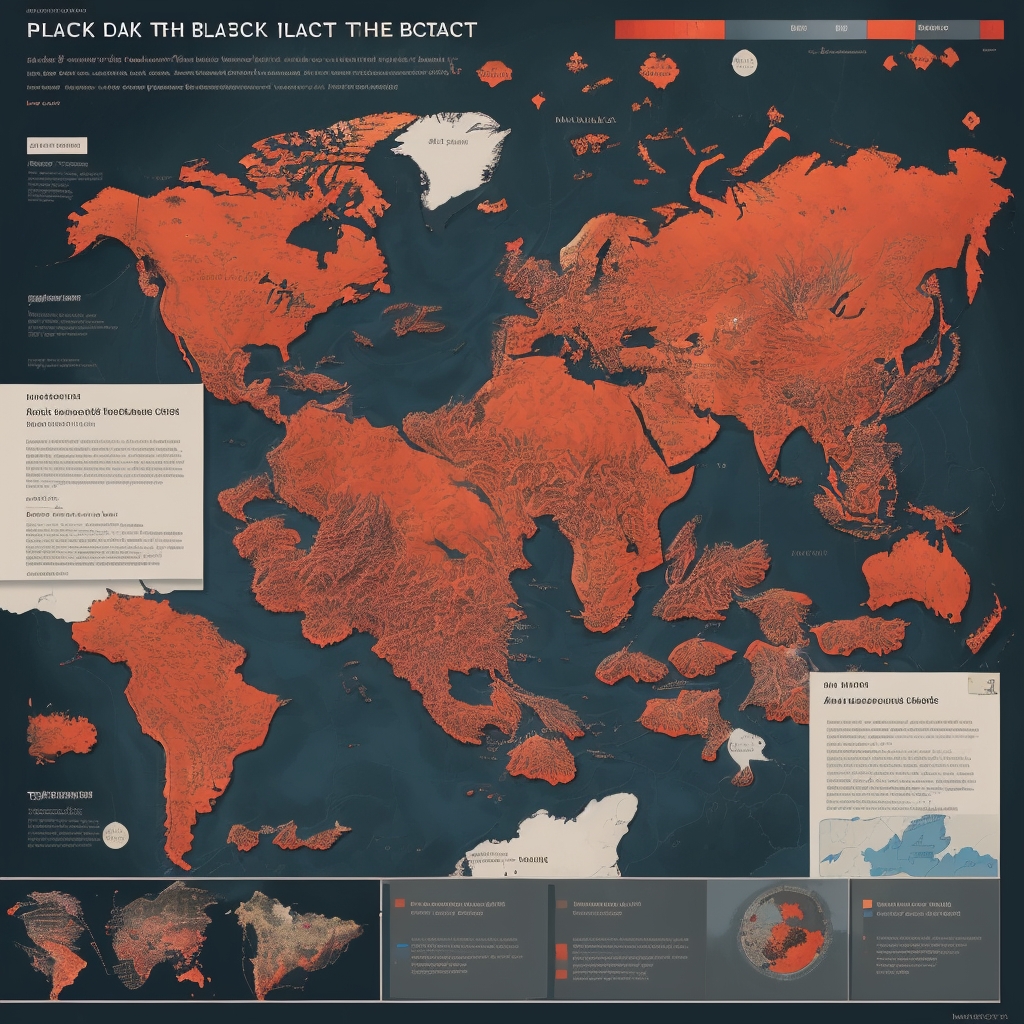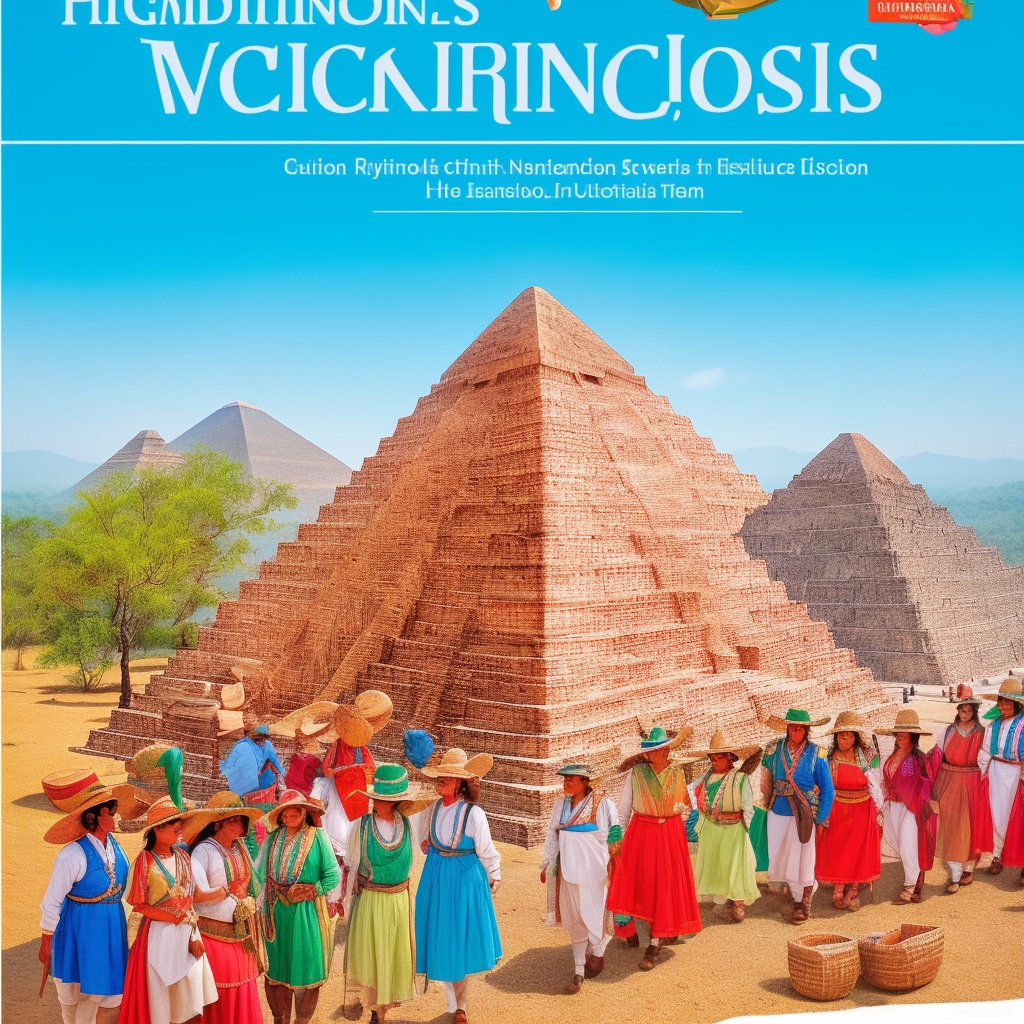When the Black Death Taught Me More Than History Books Ever Could
Four months ago, I sat in my cluttered office surrounded by piles of research papers, my laptop screen glowing with a dozen open tabs. My mind was buzzing with questions about a project that had unexpectedly spiraled into chaos. The question that had been nagging at the back of my mind was, “When did the Black Death reach its peak, and how did it spread?” I’d been so sure of my approach, but now it felt like the whole project was slipping through my fingers, and I had no clue why. Honestly, it was a bit frustrating.
I’ve always been fascinated by pandemics, not just for their historical significance but for the rich tapestry of human stories nestled within them. The Black Death, in particular, had an almost mythical status in my mind—a grim specter that reshaped the world in the 14th century. But as I dove deeper, what’s interesting is that I felt like I was peeling back layers of an onion, each revealing something far more complex and unexpected than the last.
The Initial Dive: A Glimpse into the Abyss
It started straightforward enough. I knew the Black Death peaked in Europe around 1347 to 1351, but what I didn’t expect was the sheer scale and chilling speed of its spread. It was like watching a slow-motion disaster unfold across continents. The stories of how it spread were harrowing, carried by fleas on rats aboard trading ships, making its way from Asia to Europe. You couldn’t help but imagine the sheer terror and confusion of people at that time, watching helplessly as the world they knew crumbled around them.
One night, as I was poring over accounts from that era, I came across an old journal entry from a merchant in Genoa. His words struck a profound chord—he described the eerie silence that fell over his once-bustling city, the streets empty except for the funerary processions. It was a chilling, deeply human moment of connection across centuries, and I felt a profound empathy for the people of that time.
The Messy Middle: Unraveling the Enigma
But here’s the thing though: things got complicated quickly. The more I dug, the less certain I became about the exact timeline and mechanisms of the spread. Historians had different theories, and the data was often contradictory. Some suggested the disease spread primarily through human-to-human contact, while others argued for environmental factors. It was a tangled web, and frankly, I was getting lost in it.
I vividly remember one particularly frustrating afternoon when I was trying to piece together how the pandemic spread so rapidly. I had maps scattered across my desk and a dozen tabs open on medieval trade routes. I felt like a detective in a baffling mystery, but every clue seemed to lead to more questions. Did the Mongol conquests play a critical role in spreading the disease across Asia? Or was it the bustling trade networks that truly accelerated its reach? It was a puzzle with far too many missing pieces.
In a moment of desperation, I called a colleague who specialized in medieval history. We talked for over an hour, and I confessed my doubts and uncertainties. “What am I missing?” I asked, feeling a bit vulnerable. He chuckled warmly and said, “Welcome to the world of historical research. It’s never as clear-cut as we want it to be. The Black Death, for instance, still presents epidemiological puzzles, with Yersinia pestis (the bacterium responsible) now understood to have multiple ancient strains, suggesting complex initial outbreaks and spread patterns that modern genetic sequencing is only just beginning to clarify.”
Resolution and Insights: Embracing the Ambiguity
That conversation was a crucial turning point. I realized that part of the beauty of studying pandemics, and history in general, is embracing the complexity and ambiguity. The Black Death wasn’t just a medical phenomenon; it was a profound social, economic, and cultural upheaval. It forced me to look beyond the disease itself and consider its broader, devastating impact on society, reshaping everything from labor practices to religious beliefs.
As I painstakingly pieced together the narrative, I found myself returning to the human stories. The remarkable ways communities responded, the sheer resilience and adaptability in the face of unimaginable loss. It reminded me of a different, equally unsettling time in history, the witch hunts, which also saw society grappling with pervasive fear and uncertainty. The parallels were striking, and I found myself exploring how events like the European Witch Hunts had similar roots in societal stress and upheaval.
I also learned to be kinder to myself in the process. Research isn’t about having all the answers; it’s about asking the right questions and being open to where they lead. If I were to do things differently, I’d definitely focus more on the human aspect from the start, rather than getting bogged down in data. But I’d absolutely repeat the experience of reaching out to colleagues—it reminded me of the collaborative nature of our work and how much we can learn from each other. In fact, collaborative research, often leveraging advanced computational models, is increasingly vital in understanding historical epidemiological events, as seen in recent 2024 studies that refine our understanding of plague transmission routes.
What It All Meant: A Humbling Perspective
In the end, the project taught me more than just the timeline of a pandemic. It was a powerful lesson in humility and the enduring power of storytelling. The Black Death may have been a devastating chapter in human history, responsible for an estimated 75-200 million deaths across Eurasia, but it also unequivocally showed the resilience and adaptability of humanity. And those stories, the ones that highlight our incredible ability to endure and learn, are the ones truly worth telling.
As I wrapped up my research, I felt a profound respect for the people who lived through those times. Their stories echoed through history, reminding us of the delicate balance between fear and courage. Much like understanding the drivers of colonial exploitation, it was about seeing the profound nuances and interconnectedness that shape our world.
So, next time you find yourself lost in a project or overwhelmed by uncertainty, remember to step back and look at the bigger picture. Sometimes the real insights come not from the data itself, but from the compelling stories that data tells, and the human spirit that shines through.
- Black Death
- Pandemic History
- Human Resilience
- Historical Complexity
- Storytelling







